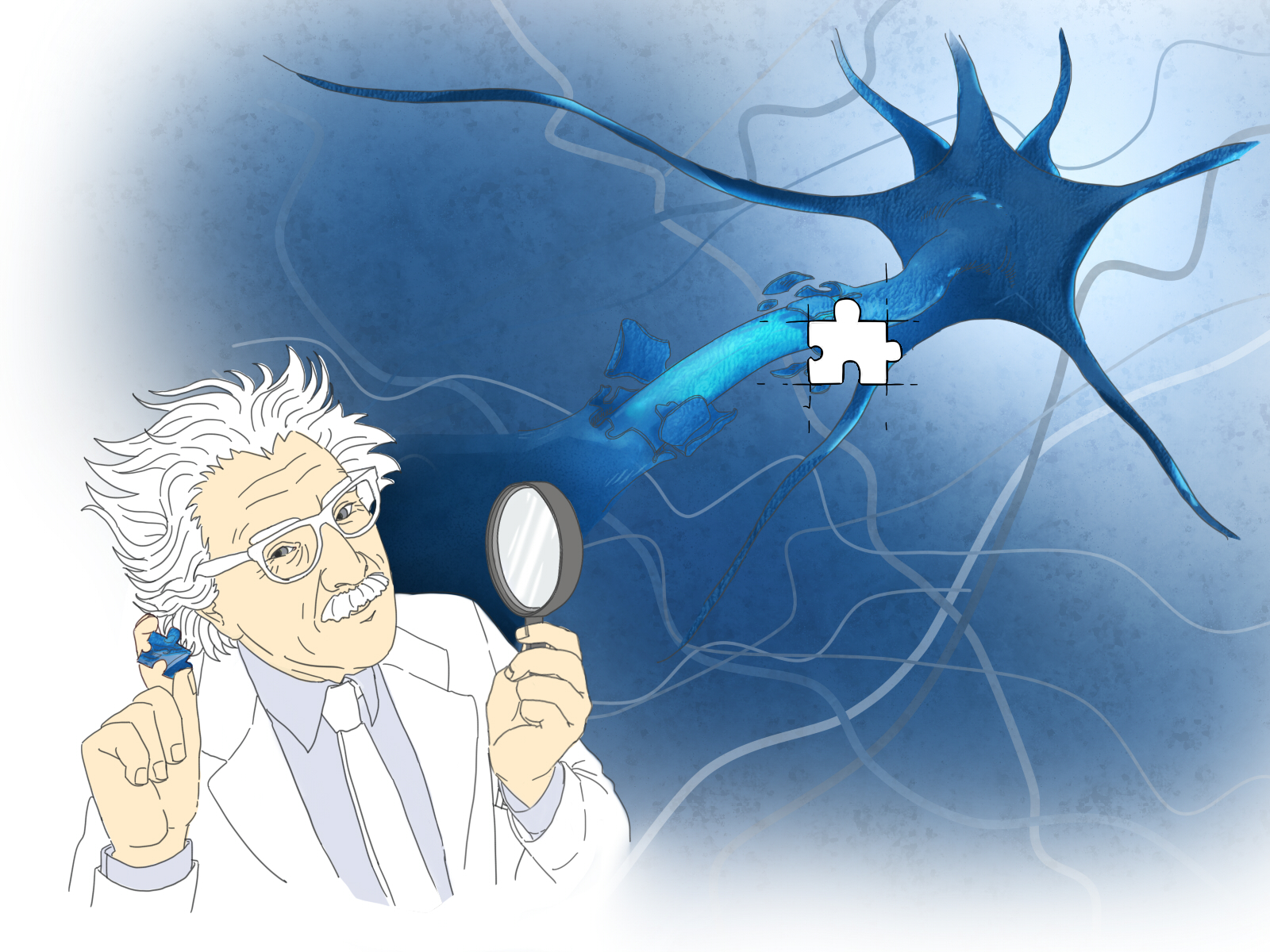Press-room / news / Science news /
IBCh Scientists have proposed a clue to the Guillain-Barre syndrome
Researchers at the Institute of Bioorganic Chemistry of the Russian Academy of Sciences, jointly collaborating with the Research Center of Neurology, have proposed a new hypothesis on the causes of the development of the complicated disease of the peripheral nervous system, the Guillain-Barre syndrome. The scientists showed that the onset of the disease might not be associated with autoimmune processes, as had been previously thought. The results of the study, published in the Molecular & Cellular Proteomics journal, will certainly be useful for the further study of autoimmune diseases such as multiple sclerosis.

Author - Alena Lobanova.
Guillain-Barre syndrome is a rare and complicated disease of the peripheral nervous system. It occurs in 0,89–1,89 per 100 000 population per year in Western countries, and manifests itself as a rapidly developing ascending paralysis, which, in severe cases, affects the respiratory muscles and leads to death due to respiratory arrest. It is believed that the syndrome’s autoimmune nature (when the immune system begins to attack certain areas in the human brain) makes it somewhat similar to multiple sclerosis.
The syndrome was first reported over 100 years ago, but despite this, its etiology (causes and triggering conditions) is still poorly understood. Scientists from the Shemyakin-Ovchinnikov Institute of Bioorganic Chemistry of the Russian Academy of Sciences (IBCh RAS), together with the researchers from the Research Center of Neurology, have formulated a number of new hypotheses concerning the mechanisms of the emergence and development of this disease. The main conclusion rendered, that the Guillain-Barre syndrome occurs for reasons other than multiple sclerosis, shall enable the determination of the origins of this more "popular" disease.
Today, the hypothesis that the autoimmune reaction of some disease developing in the body, occurs through a molecular mimicry mechanism, is the most common, – says Rustam Ziganshin, PhD, Senior Researcher at IBCh RAS, the first author of the article. – The immune system’s response to certain viruses and bacteria can lead to the formation of antibodies that react with self-antigens localized on the surface of the myelin sheath of the peripheral nerves. As a result of this interaction, macrophages (the first line of defense by the immune system) begin to attack the nerve sheath, weakening it, together with nerve conduction. The data that we obtained suggests that these processes may not play a decisive role in the development of the Guillain-Barre syndrome.
Rustam and his colleagues studied the most common and least-studied form of the Guillain-Barre syndrome – Acute Inflammatory Demyelinating Polyneuropathy (AIDP). For this purpose, they conducted a comparative analysis of the peptide-protein composition and immunological profiles of cerebrospinal fluid and the serum of patients with AIDP, multiple sclerosis and patients not suffering from a neurologic disease.
The results showed that patients with AIDP are more prone to a range of neurotropic viruses, and they are often susceptible to different infections. Simultaneously, the analysis also showed that the patients had the congenital system activated, rather than adaptive immunity.
– As a result of our analysis, we concluded that autoimmune processes, and with them the adaptive immunity, may not have played a key role in the development of the Guillain-Barre syndrome, and the destruction of the myelin sheath of the peripheral nerves in this disease does not have to be mediated by the interaction of autoantibodies with its surface . Autoimmunity can be a factor at a later stage, causing complications, but it is not the root cause of the disease, – remarks Rustam.
The researchers’ further plans shall be associated with the detection in the cerebrospinal fluid of patients with Guillain-Barre syndrome of neurotropic viruses that could act as promoter to this disease, as well as to further clarify the role of autoimmune factors in the origin and initial development of the syndrome.
june 3, 2016

